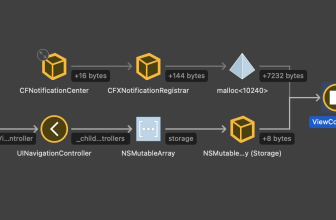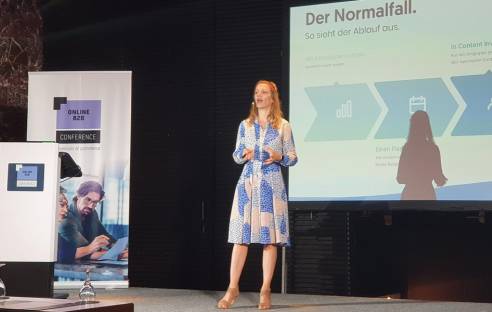Hybrid IT departments with remote work and home office concepts have many advantages. But CIOs should take a few practical tips to heart. […]
As a result of COVID-19, IT departments have had to adapt their internal processes and procedures, logistics and security policies, while at the same time supporting the rest of the company in switching to the most complete home office environment possible. To make the already difficult situation even more complicated, the phenomenon of “Great Resignation” was added, which is why many employees, especially from the high-birth cohorts, no longer wanted to return to their jobs.
The situation is particularly tricky for the IT department: for years, managers in the “War for Talent” have struggled to hire the right employees with the right skills and experience at the right time. Many of the colleagues who decided to retire early in the period of the “big farewell” worked with legacy technologies such as Microsoft’s Active Server Pages (ASP), with PowerBuilder or other platforms that were modern tools in their time. Over the years, however, they have turned into technical debts in the data centers – and it is extremely difficult today to hire experienced employees for the tasks. Added to this is the need to continue to support the billions of COBOL lines that will outlive us all.
While the move to the home office was forced by government regulations and the fear of a spreading pandemic, it is up to the management’s decision to return to the office, to remain completely virtual or to take a hybrid approach. And this decision turns out to be much more complex than moving out of the offices in 2020 – hence the catchphrase of the “big hybrid confusion”. Here are five tips that will help you successfully run a hybrid IT organization.
As soon as the decision has been made for a completely virtual or hybrid employment model, the next question arises: where should the virtual employees be based? Of course, it would be ideal if you live near your company headquarters, so that you can come to the office if necessary or on a set schedule, for example, every Tuesday or once a month for some kind of employee meeting.
The next best option is the concept of “time zone division”. Hiring employees who live in a time zone around your office eliminates time zone-related logistics and gives you access to a larger pool of the best employees, all working the day shift. For example, if the office is located in Chicago, where Central Standard Time (CST) applies, if you go east or west only one time zone, you can hire employees from most of the United States and from the north of Canada to the southern tip of South America, and they all work (almost) at the same working hours.
Hundreds of millions of dollars are currently being invested in new and virtual technology products for use in office environments. If the IT department itself serves as an in-house test environment for these new technologies, it can
- taking on the role as an internal pioneer and “thought leader” in the use of state-of-the-art office communication, collaboration and productivity tools,
- significantly expand your own internal efficiency and effectiveness and
- support the new technologies better when they are introduced to the rest of the company, as the IT department can evaluate the tools from a user’s perspective.
We speak of a split culture between home and office workplaces when employees who work in the office have a different culture and attitude to work than those colleagues who work from home. This split culture can create a feeling of “we” against “they” or of “have” and “don’t have” within the company.
For example, employees who work only in the office may be annoyed by the fact that they cannot work from home. Conversely, home office workers might be unhappy that office workers get all the good projects, are more likely to get promoted, and are less at risk of layoffs. Whether these sensations are actually right or wrong is almost irrelevant. In such situations, perception is just as dangerous as reality.
Managing a hybrid team is based on best practices and concepts that you also apply to your personal work – but you need to be much more strategic, tactical and thoughtful in your execution. Over time, great leaders develop processes for conducting meetings, delegating tasks, motivating employees and other relevant operations. The task for you as an IT manager is to list each of your successfully developed best practices and analyze to what extent they need to be adapted to work in your hybrid environment.
A decision related to the hybrid work environment or a well-intentioned favor granted to an employee by a supervisor can inadvertently set a precedent. As an IT manager, your guidelines for hybrid employees or in terms of remote work and home office must be clearly defined and leave as little room for interpretation as possible.
This article is based on a contribution from our sister publication cio.com
*Eric P. Bloom, former CIO, is a technical author and Executive Director of the IT Management and Leadership Institute.













